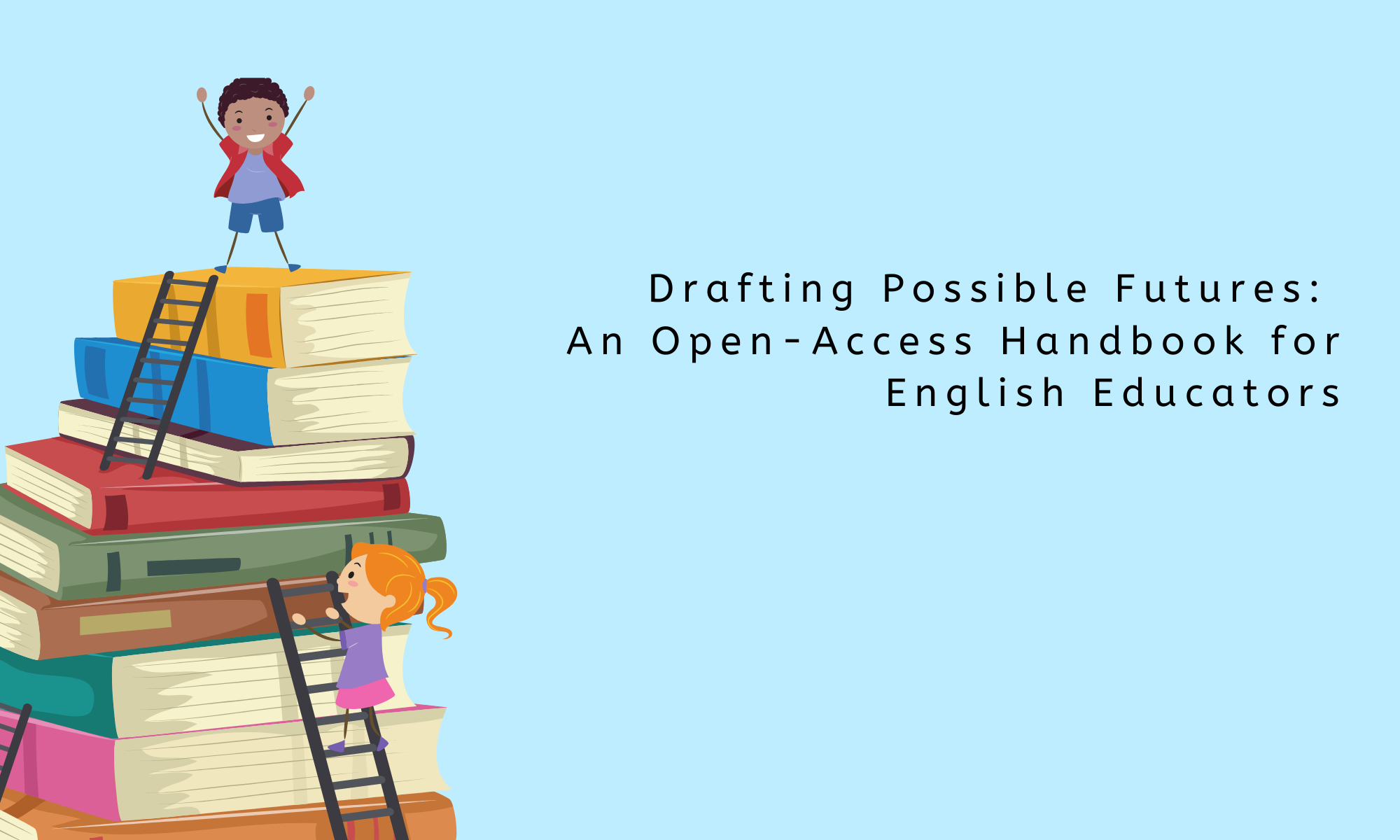Using Journal Writing to Build Critical Academic Skills
When thinking about how to teach students critical skills that are considered to be academic in nature, teachers tend to rely on methods and assessments that, within the context of ELA, are highlighted as the “traditional” format of building such skills. These can include the five-paragraph essay, short, responses, think-pair-shares, etc, which can all be effective within their given bounds, but also share one thing in common with each other that prevents all students from being able to express their ideas and potential through their own voices: they are apart of the colonized educational system that limits student freedom, expression, and creativity in favor of a “formal” method of skill development, specifically for students of color. Again, this isn’t to say that these methods are ineffective or should be avoided completely when building key academic skills, and in some way they are a good means to assess students’ mastery and abilities. However, in order to allow more students to build, practice, and demonstrate mastery over content we must look towards other means that are more liberating if we hope to decolonize education as it stands in its current form.
One particular medium that is often overlooked in its ability to help students build key academic skills is the journal. This may draw some blank stares or questioning looks from those that use journaling within the first few minutes of class in order to get students settled in quickly as a precursor to one of the methods mentioned above, but journaling can be used to build critical academic skills in ways that an essay can’t. This is due to the personal nature of the journal; the touch, feelings, and emotions that are spread across the page when one is truly free to be themselves without oppressing structures, rules, right and wrongs is incredibly powerful. Imagine being able to use that power to help students learn how to identify a central idea, characterize a protagonist and antagonist, use textual evidence, and many more skills that we expect our students to learn in preparation for their future academic careers. Allison Fahsl and Stephanie McAndrews state that, “[Journaling] can be used to activate prior knowledge, engage the imagination, depict character roles, solve problems, utilize critical thinking skills, and practice writing skills in context” (2012). Perhaps the most significant aspect of journaling is that it’s organic, real, raw, and free of judgement. It also gives all students the right to show their true thoughts outside of the context of a prompt or question.
One area of journaling that is particularly beneficial in teaching critical skills to students is the self-reflection journal. Self-reflection is an area that many people have difficulty engaging in since it requires one to look and analyze himself/herself. Roger Hiemstra states in his article, Uses and Benefits of Journal Writing, that, “There also is the potential for a journaling technique to promote critical self-reflection where dilemmas, contradictions, and evolving worldviews are questioned or challenged” (2001). It is here where we want our students thinking to go: questioning the world they know, why things are the way they currently are, and how their own thinking is developed through the way they view the world. Self-reflection journaling can take the form of a personal diary, a dreambook or log, or a spiritual journal. These types of journals can help students build analytical skills, critical thinking skills, and writing skills. These types of journals are typically personal and aren’t shared a loud unless a student volunteers to which will normally make students more willing to engage in this type of work rather than an essay any day of the week since they are given opportunities to express themselves, their feelings, and their personal ideas that they may not be comfortable sharing with others. This allows for teachers to assess their students’ written work within the permission given to them, switching the power dynamic between teachers and students. Although not best for summative assessment, the self-reflection journal is still a powerful tool.
A type of journal that can be used for summative assessments are simulated journals which give students the opportunity to engage with a text in a new and powerful manner that can decolonize the way that canonical texts are engaged with. These can be written from the perspective of new characters that students create which gives them the ability to modify the text in a way that a close-reading wouldn’t be able to do. It also helps them to master analytical skills, comprehension skills, critical thinking skills, and writing skills. Simulated journals also shift the power dynamics similar to how the self-reflection journal does in that it shifts the power dynamics, but this time instead of shifting power from a teacher it shifts the power from author to student. Looking at a text through a particular view of the world makes the text have more meaning for a student, but it also shreds the text and puts it back together according to how the student sees fit. Where canonical stories normally focus on white characters with little to no mention of prominent characters of color, simulated journals allow students to alter the text completely.
These are just two of the ways that journaling can help other pedagogues think about and understand how to build critical academic skills while using non-academic styles of engagement. When thinking about how to decolonize education, curriculum, and the classroom, journaling isn’t a simple means to help students settle into their seats at the beginning of a lesson: it is a game changing tool that can have powerful implications if implemented properly. It requires a teacher to rethink what they know, how they assess students’ work, how they view their students, and how much power they are willing to give up.



